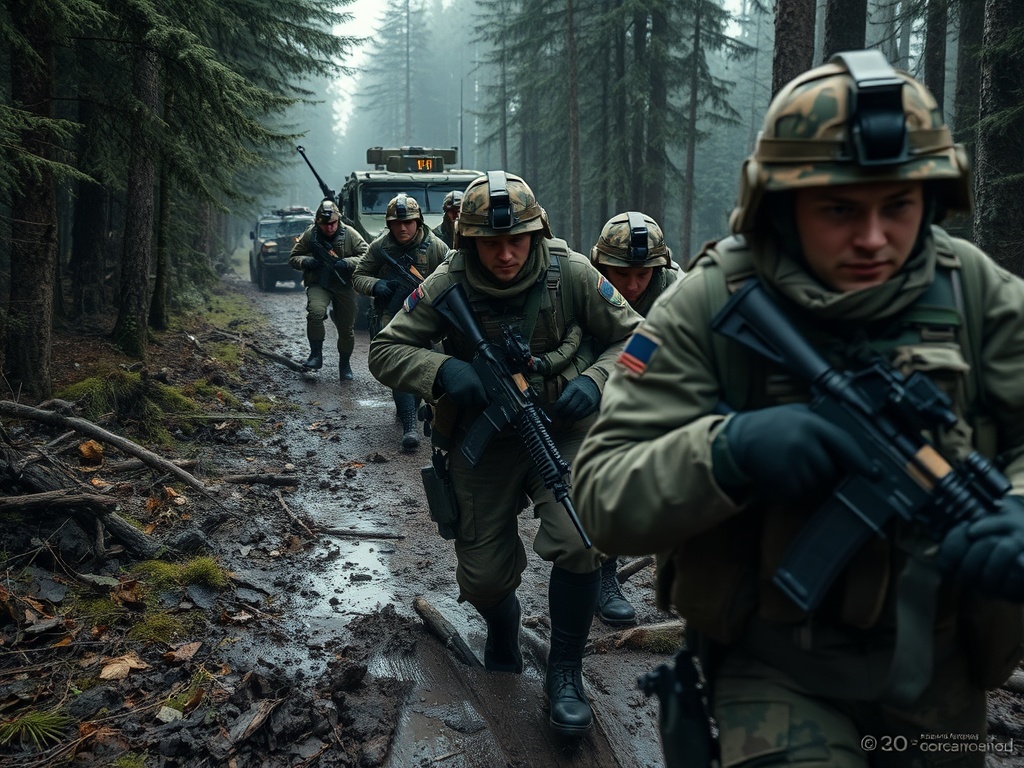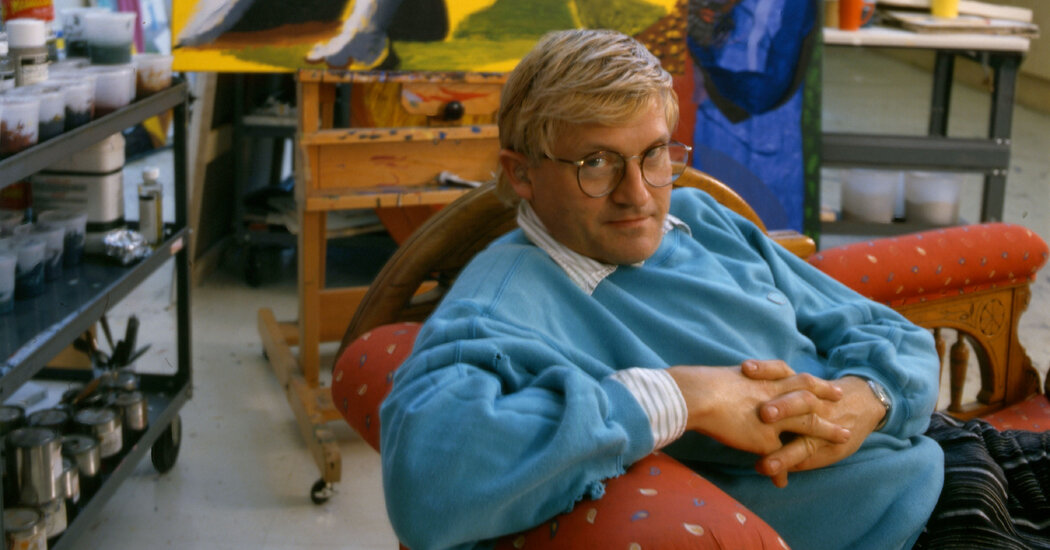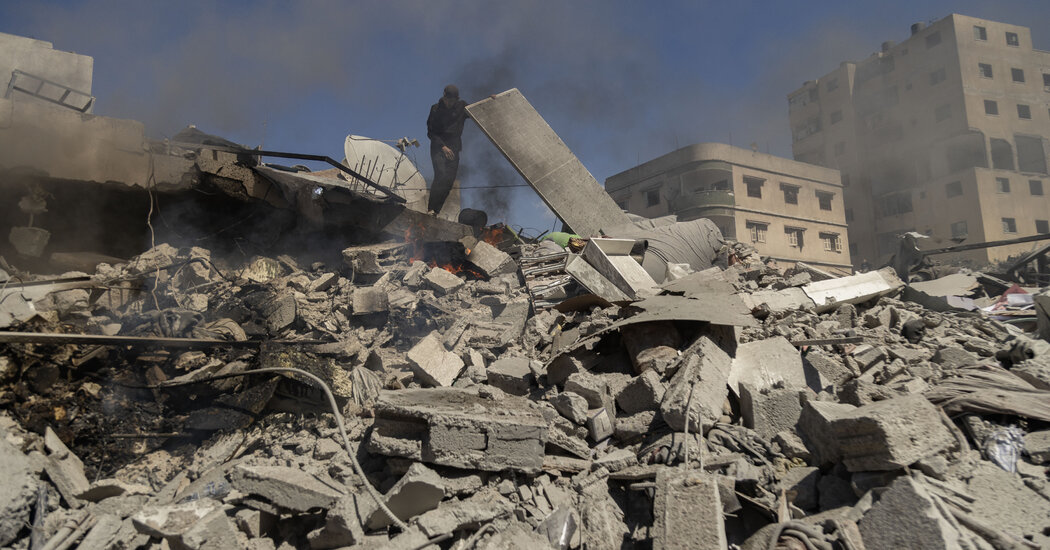Russian Forces Intensify Brutal Tactics in Ukraine

In a concerning escalation, Russian forces have adopted ruthless “meat grinder” tactics in their ongoing conflict in Ukraine, utilizing their troops as mere cannon fodder to gain leverage in potential peace negotiations with the United States. Teams from both the US and Russia are convening today in Saudi Arabia to explore pathways to end the war, raising alarm among Kyiv and its allies over the possibility that concessions might leave Europe vulnerable to an increasingly aggressive Moscow.
Recently, Russia has launched over a hundred drones in a single night, further consolidating its territorial gains in the Donbas region and successfully pushing back against Ukrainian counteroffensives in Kursk. This intensified Russian military strategy appears to coincide with comments made by former US President Donald Trump, who suggested that the new borders of Ukraine and Russia might be drawn along current front lines.
Experts speculate that President Vladimir Putin is willing to “sacrifice Russian soldiers for minimal battlefield gains,” which he could wield as a bargaining chip in any ceasefire discussions with Trump. Current estimates from Ukrainian officials indicate that Russia’s military death toll has now exceeded 859,000. According to Alex Lord, a defense analyst with Sibylline, “Since the failed Ukrainian counteroffensive last autumn, Russian forces have increasingly dictated the battle’s tempo. The Ukrainians are compelled to make tactical withdrawals, leading to a gradual expansion of Russian-held territory.”
Over the past year, Russian forces have captured approximately 4,000 square kilometers of Ukrainian land—an area larger than Cornwall. Ukrainian statistics reveal that Russia suffered around 430,000 military losses in 2024 alone, compared to roughly 250,000 in 2023. Analysts assert that the spike in Russian casualties on the front line is a key factor contributing to their recent successes in the field.
Lord elaborated on Moscow’s current strategy of attrition, emphasizing a reliance on relentless human wave assaults instead of intricate maneuvers around the front lines. “Rather than encircling towns and forcing Ukrainian units to surrender, Russian forces are opting for direct, attritional assaults,” he noted. “While this approach has led to significantly higher Russian casualties, it has also pressured Ukraine to make tough decisions regarding its dwindling manpower.”
One of the most notable advancements was the capture of the resource-rich town of Kurakhove in eastern Ukraine last month, as corroborated by geolocated evidence from the Institute for the Study of War (ISW). The impact of Russia’s manpower strategy was starkly illustrated in Velyka Novosilka, where Ukrainian forces were compelled to retreat strategically in late January.
“Unlike in other locations where Ukrainian forces have fought fiercely for every inch, the withdrawal from Velyka Novosilka was notably quicker,” Lord explained. “This suggests an acknowledgment that the costs of holding the town outweighed the benefits, particularly given the overwhelming force of Russian attacks.”
Russia’s ability to sustain these tactics is largely due to its substantial numerical advantage in troops. In September 2024, Putin commanded the Russian military to expand by 180,000 soldiers, leading to a total force of 2,389,130 personnel by December, including 1.5 million active-duty troops. Additionally, reports indicate that North Korea has dispatched approximately 12,000 troops to bolster Russian efforts.
In contrast, President Volodymyr Zelensky has stated that Ukraine maintains around 980,000 personnel in arms. With a smaller pool of soldiers, Ukraine has adopted a more cautious strategy, resulting in a death toll significantly lower than that of Russia’s. Zelensky reported in December that 43,000 Ukrainian soldiers had died, while Trump suggested in separate comments that approximately 400,000 Ukrainian soldiers had perished. Even considering Trump’s figure, Russia’s losses still double those of Ukraine, but the impact is felt more acutely on the battlefield due to Russia’s larger population.
“Putin is banking on the notion that as the war prolongs, Ukraine’s manpower challenges will become increasingly evident,” Lord pointed out. Western allies have urged Kyiv to lower its military conscription age from 25 to 18, with Zelensky striving to incentivize voluntary enlistment through new benefits, including state-backed mortgages. In a recent act of desperation, Zelensky has mirrored Putin’s strategy by releasing prisoners willing to join the fight for Ukraine.




